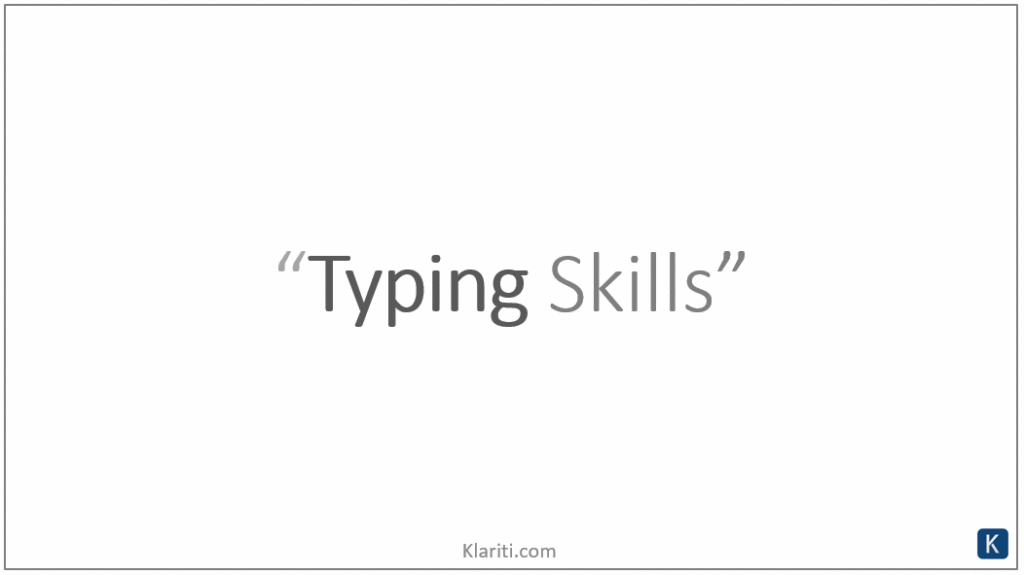Non-native English speakers often face significant hurdles when communicating when they move to English speaking countries, such as the US or UK. These challenges can include navigating language nuances, cultural expectations in written communication, and industry-specific jargon.
Tag Archives: Style
Today on Klariti, we’re going to look at how to position your text vertically in MS Word.
According to Microsoft Support, “Text boxes and most shapes can include text in them. The text can be positioned horizontally or vertically, and it can appear on one line or wrap to multiple lines. You can change the direction of the text, and you can also change the margins of text boxes and shapes for optimal spacing, or resize shapes for a better text fit.”
So, let’s look at how to do this.
If your MS Word document becomes corrupt, follow these steps to fix it. Open the document in Microsoft Word. Cut and paste the images to a new file. WARNING: DON’T SAVE THE FILE YET! In Word, select File, Save As HTML.Name the file with an HTML extension, e.g. Proposal.html and then Exit Word. Re-open Word. […]
Business Writer’s Block is what? Well, it tends to happen when you’re in a hurry, flustered, or tried. ‘If you don’t understand it, you can’t write it.’ This isn’t totally true. You can write something — it mightn’t be great — by distracting the reader, playing with clever words, and showing off. But others see […]
Looking for headline writing tips that will capture attention immediately and force readers to stop in their tracks? Who doesn’t? What exactly are headlines? What purpose do they serve? Headlines are the ‘ad’ for what’s about to follow. Its purpose is to tease the reader into clicking or reading more. If your headline fails, no one […]
My friend PM wants to go into freelance writing. I think it can work for him. He’s determined, has a nice writing style, and knows how to hustle for work. But typing is a problem. It’s that simple. He pecks and pecks at the keyboard. Last weekend, his house he showed me some gizmos, ‘hacks’, […]
Know the difference between affect and effect? Or where to use that but not which? Or when to use which but not with a comma before it? I know. MS Word forbids it. But can expect from a bot? Anyway… You could fill several multi-story car parks with people who — or is it that? […]
Noreen Malone, senior editor at New York magazine, admits what everyone else thinks about those pesky em-dashes. “The problem with the dash—as you may have noticed!—is that it discourages truly efficient writing. It also—and this might be its worst sin—disrupts the flow of a sentence. Don’t you find it annoying—and you can tell me if […]
The conclusion section to this strategy report, eGovernment Strategies, The Case of the United Arab Emirates (UAE), from Dr. Ali M. Al-Khouri, United Arab Emirates, provides an excellent template on how to summarize the main points in a strategy document. This conclusion section is divided into five paragraphs: Problem statement: need to develop new capabilities […]
Your ability to communicate effectively, persuade others, and motivate teams are influenced by your writing skills. While some people appear to be born great writers, others get there by practice. Let’s look at how you can improve your business writing skills. Set a writing goal Be specific. Decide to improve one area of your business […]
Jane Austen “How quick come the reasons for approving what we like.” Want to be a more persuasive writer? A few suggestions: Tap into the reader’s values. Be decisive. Don’t sit on the fence. Force the reader to take sides, hopefully with you Ask the reader a question, often framed as a dilemma. Help them […]










